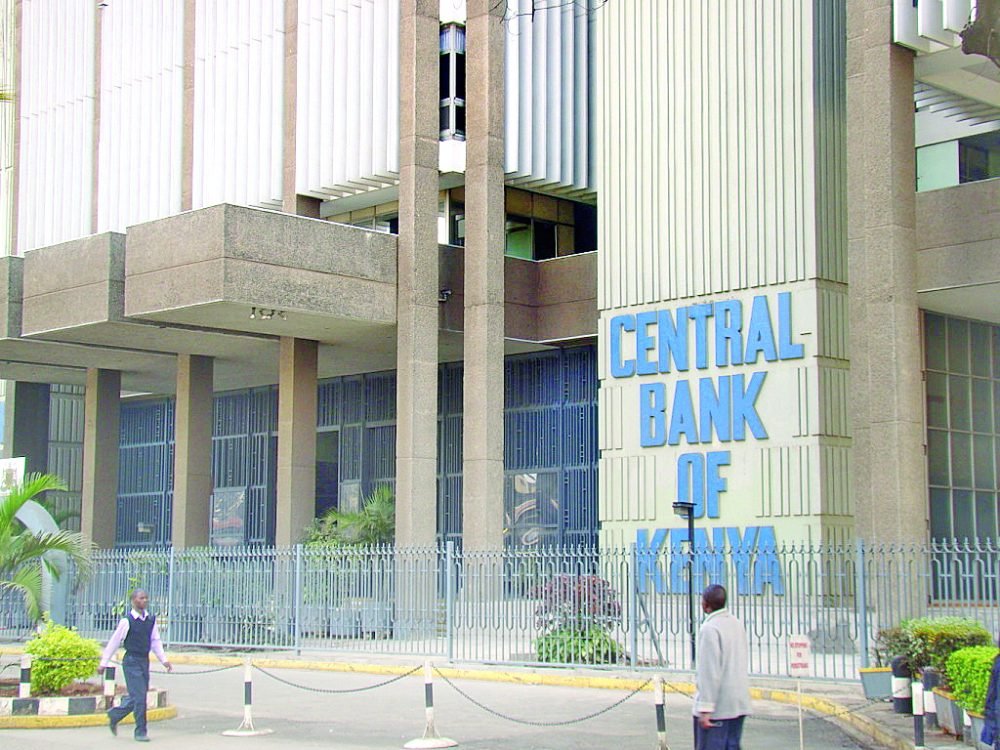Lower interest rates may spike bank’s profits

Investors will keenly have their eyes on the banking sector stock amid a downward revision of the Central Bank Rate (CBR) to 10 per cent by the Central Bank of Kenya (CBK).
This after a local investment firm wagered that the stage is set for increased profitability in the banking sector, largely fueled by the anticipated rise in credit uptake by the private sector.
CBK’s cut of the base lending rate by 75 basis points from 10.75 per cent, meant to extend more affordable credit to private enterprises, is widely recognized as the economy’s key growth engine.
“The recent easing of monetary policy by the central bank signals a gradual reduction in borrowing costs. This is likely to support an increase in credit uptake, expanding banks’ loan books and consequently boosting interest income,” the Cytonn investment report reads in part.
Despite this policy shift, banks have been slow to adjust their lending rates, with the Bankers Association attributing the hesitation to the mounting levels of pending bills, which they claim are a significant contributor to the high volume of Non-Performing Loans (NPLs). As of April 9, the NPL ratio had increased to 17.2 per cent from 16.5 per cent, according to CBK Governor Kamau Thugge.
Cytonn Investments notes that interest income bolstered the performance of the banking sector by 21.1 per cent in the 2024 financial year. While this figure is slightly lower than the 30 per cent recorded in 2023, the growth is still significant considering the challenging borrowing environment. The report notes that the reduction in monetary policy rates points to a gradual decline in borrowing costs, which is expected to increase credit demand, expand banks’ loan portfolios, and ultimately enhance interest earnings.
The adoption of risk-based credit pricing models by commercial banks is also expected to reinforce revenue generation from categorized lending, allowing institutions to better align their rates with individual borrower risk profiles.
This shift has not been without controversy. Lawmakers have raised concerns about the interest structures imposed by banks, particularly those tied to mobile and digital lending platforms.
As Kenya’s banking industry navigates the twin pressures of profitability and regulatory scrutiny, the coming months will test whether the reduction in base lending rates can translate into meaningful benefits for both financial institutions and the borrowing public. With the private sector poised to respond to more accessible credit and the CBK pushing for growth through easing monetary policy, the onus remains on banks to align their lending practices with the broader economic recovery agenda.lending, allowing institutions to better align their rates with individual borrower risk profiles. However, this shift has not been without controversy. Lawmakers have raised concerns about the interest structures imposed by banks, particularly those tied to mobile and digital lending platforms.
As Kenya’s banking industry navigates the twin pressures of profitability and regulatory scrutiny, the coming months will test whether the reduction in base lending rates can translate into meaningful benefits for both financial institutions and the borrowing public. With the private sector poised to respond to more accessible credit and the CBK pushing for growth through easing monetary policy, the onus remains on banks to align their lending practices with the broader economic recovery agenda.












